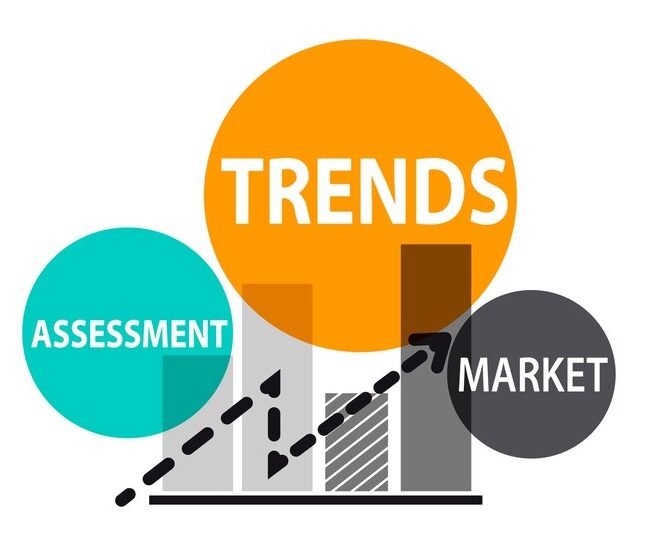Gathering and examining information has an impact on using insights to achieve online marketing goals. By sticking to a step-by-step approach, we can make sure the information we collect is correct, useful, and practical. Here’s a guide to gather and examine information for online marketing.
- Set Your Aims and Targets: Before collecting information, you need to spell out your marketing aims and targets. This helps you pinpoint the exact measures and key markers that matter most to your business and marketing work.
- Find Data Sources: Pick the different places to get data from. This includes website analytics tools like Google Analytics, social media sites, email marketing programs, customer databases (CRM systems), and other useful tools and platforms.
- Set Up Data Collection Methods: Put in the right tracking codes, pixels, and links to make sure you’re capturing data from all the important areas. This might mean setting up event tracking, goal tracking, and custom dimensions in your tracking tools.
- Collect and Organize Data: Pull data from the sources you’ve chosen and arrange it in a spreadsheet or a data analysis tool. This helps you examine and understand the data better later on.





